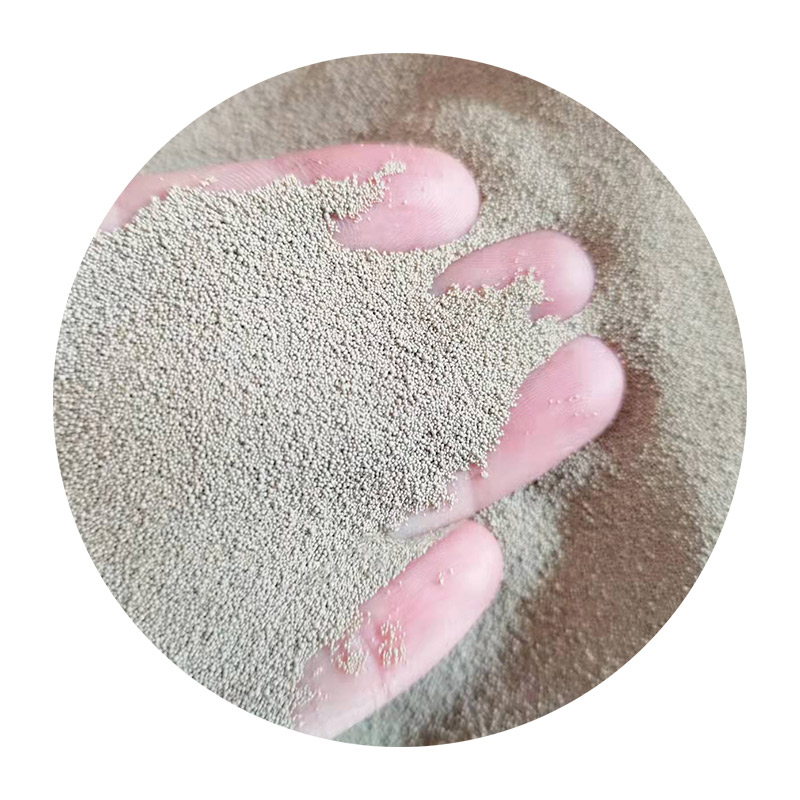The Uses of Foundry Sand
Foundry sand is a byproduct generated during the metal casting process. It primarily consists of silica sand, which is used as a mold material in the foundry industry. With its durable, reusable, and versatile characteristics, foundry sand serves various applications both within and outside the metal manufacturing domain. This article explores the multiple uses of foundry sand, highlighting its significance and potential benefits.
1. Metal Casting
The primary and most significant use of foundry sand is in the metal casting industry. Foundries utilize this sand to create molds where molten metal is poured. The grains of silica sand provide a smooth surface finish and can withstand high temperatures, making them ideal for casting various metals, including aluminum, iron, and steel. Once the casting process is complete, the sand can often be reused multiple times, significantly reducing production costs and environmental waste.
2. Construction Industry
One of the notable alternative uses of foundry sand is in the construction sector. The physical and chemical properties of foundry sand make it suitable for various building applications. It can be used as a material in concrete, asphalt, and backfill. In concrete, foundry sand can replace a portion of traditional sand, enhancing the material's workability and reducing shrinkage. Utilizing foundry sand in asphalt production contributes to better durability and longevity of pavement, while also providing a cost-effective solution for contractors.
3. Road Construction and Maintenance
In road construction and maintenance, foundry sand has a promising role. It can be used as a sub-base material for roads and highways. Its high compressive strength and stability ensure that the surfaces can withstand heavy traffic loads. Moreover, its use in maintaining unpaved roads has also been explored, where it helps improve drainage and reduces dust levels.
uses of foundry sand

4. Landfill and Waste Management
Proper disposal methods for foundry sand are critical, as improper disposal can have environmental repercussions. Instead of sending foundry sand to landfills, many companies have started utilizing it in landfill cover material. This practice helps stabilize solid waste areas and allows better management of the landscapes. Additionally, foundry sand can improve the quality of soil in land reclamation projects, aiding in the recovery of degraded lands.
5. Environmental Benefits
Using foundry sand in various applications not only proves economical but also offers several environmental advantages. By substituting conventional materials with foundry sand, industries can effectively reduce their carbon footprint. The recycling of this byproduct minimizes the need for natural sand extraction, preserving ecosystems and reducing habitat destruction. Moreover, utilizing foundry sand in construction and other sectors contributes to waste reduction, diverting significant quantities of material from landfills.
6. Agricultural Applications
Research has shown that foundry sand can also be beneficial in the agricultural sector. It can be employed as a soil amendment, helping to improve soil texture and drainage. The unique composition of foundry sand can enhance nutrient availability and support plant growth. However, it’s essential that the foundry sand used for agricultural purposes is free from toxic contaminants to ensure soil and crop safety.
Conclusion
The various uses of foundry sand extend far beyond the metal casting industry. Its application in construction, road maintenance, landfill management, and agriculture not only helps to create a sustainable circular economy but also demonstrates the potential of recycled materials in modern industries. As industries continue to explore innovative ways to repurpose byproducts, foundry sand stands out as a valuable resource that supports environmental sustainability while providing cost-effective solutions across different sectors. The future holds promising opportunities for the enhanced utilization of foundry sand, paving the way towards a more sustainable industrial landscape.
Post time:Kas . 10, 2024 13:35
Next:Innovative Techniques in Sand Casting Foundry Manufacturing Process for Enhanced Production Efficiency
